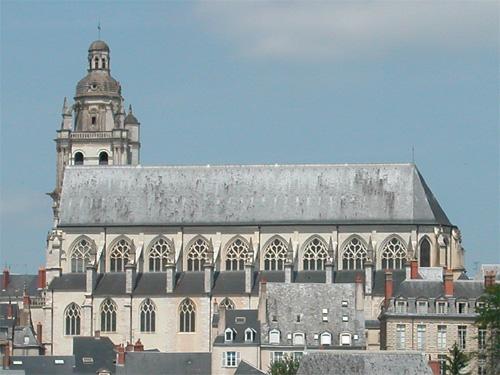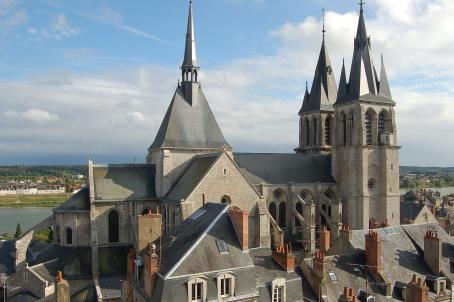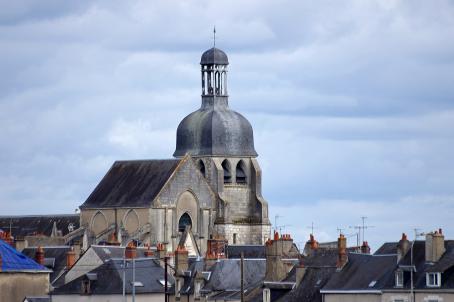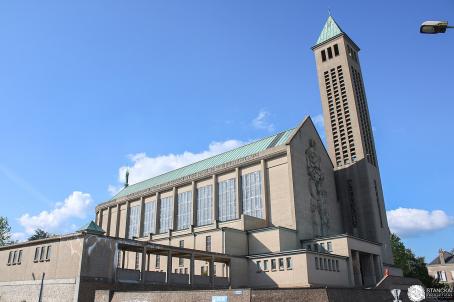Blois Cathedral
The construction of this cathedral took a very long time, since it began in the 12th century, but was not completed until six centuries later, in the 18th century. Several campaigns of work follow one another, mixing several architectural styles.
About this building
Building with a Roman-Rhenan plan, with a so-called harmonic apse with a Baroque façade, pierced by a portal and surmounted by bas-reliefs.






